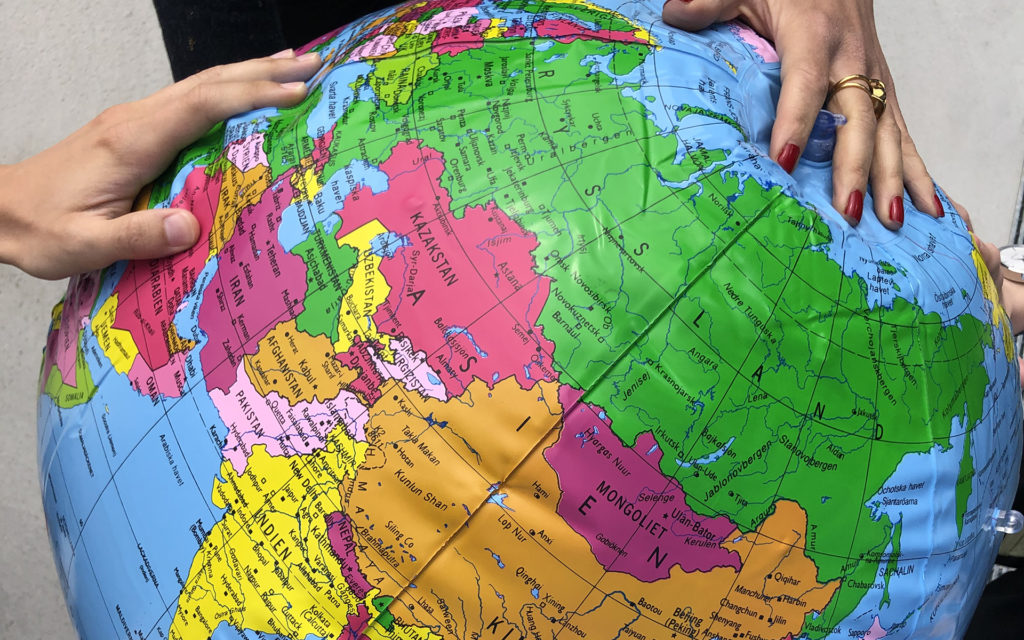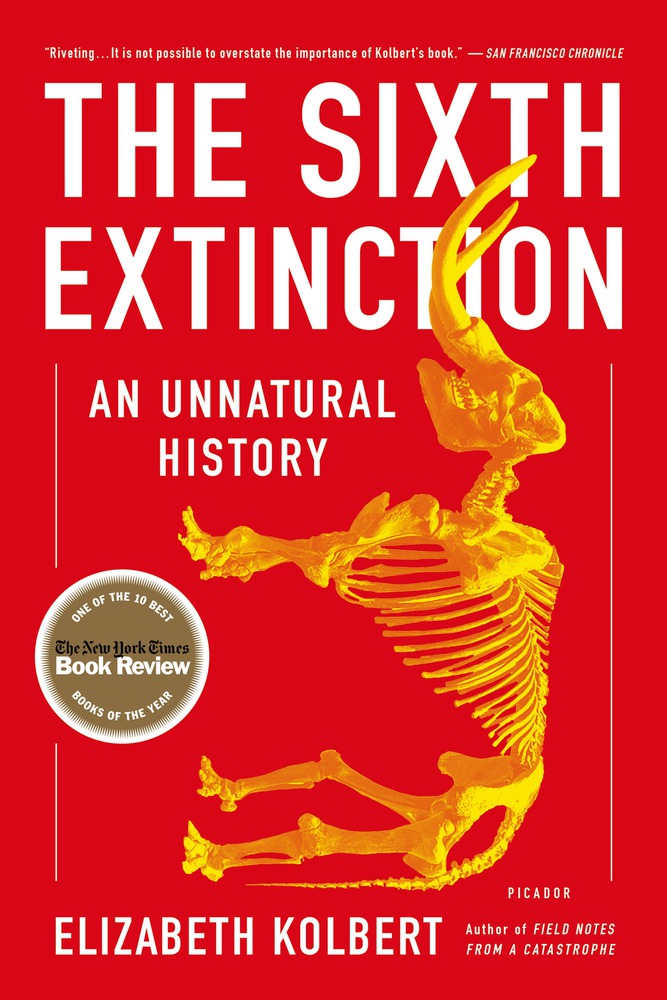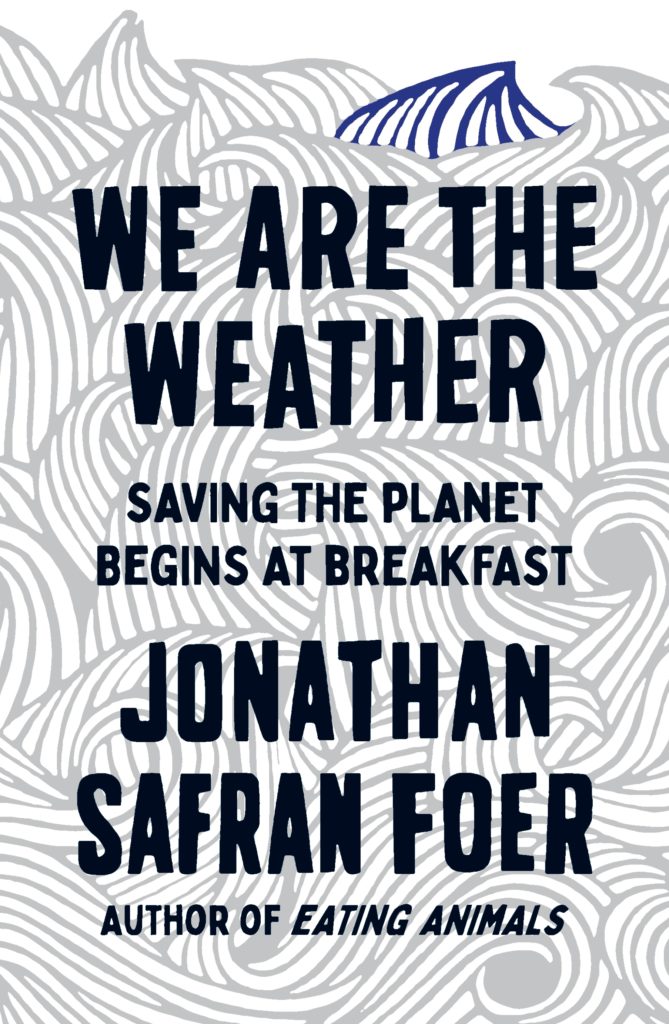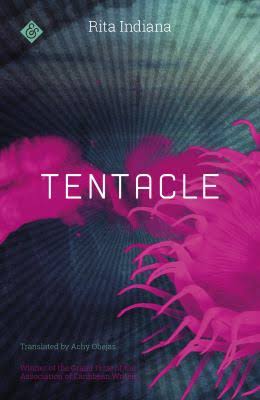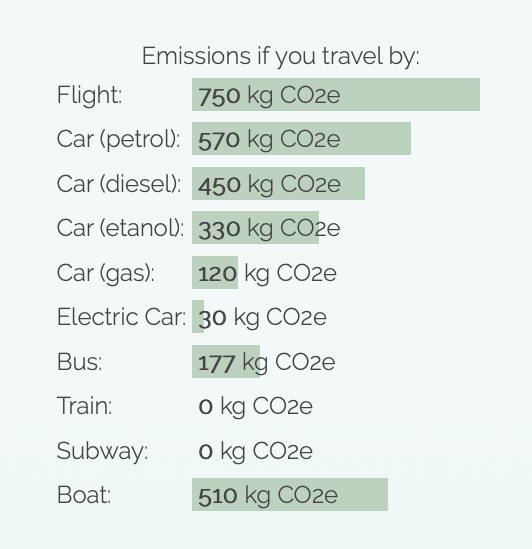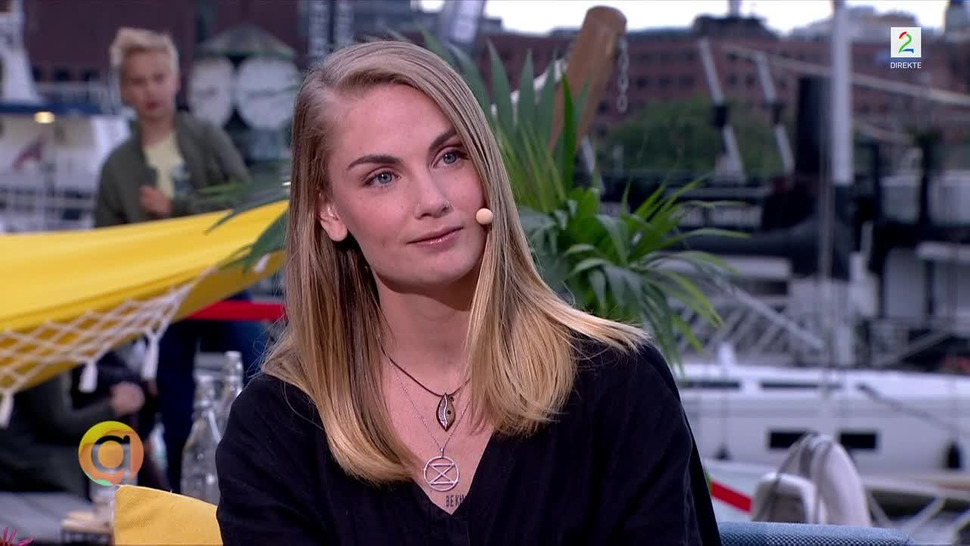Many people feel small when it comes to climate issues. “I’m only one person, and the government is just not doing enough!” It is indeed very frustrating that we as individuals can’t just fix the problem completely ourselves. But the idea of democracy is that we actually do have a say in who decides for us, and we can choose those whose priorities are most in line with our own.
Given that in most democratic countries, elections for government only happens every 4-5 years, this is a major opportunity for citizens to vote for the candidate that can do the most good for the climate. Now, of course there are many different issues that are important to us in a presidential election. But make sure to take into consideration what the different candidates’ stance on climate policy is!

On November 3rd, 2020, citizens of the USA are allowed to vote for president. Unfortunately, the voter turnout is very low in the US – only 61,4 % compared to 87,2 % in Sweden. There are many different reasons for this, some being restrictions imposed on members of society, but IF YOU CAN, please vote and be the difference!
Politicians need people to vote for them, so they will prioritize issues and stances that they think are relevant to the people that actually turn up to vote. Imagine if only people who work in coal mines would vote – then it would be impossible for a politician to close down any coal mine. Rather, they would have an incentive to make the coal mine as great as possible, to keep the voters happy (assuming that they don’t want any change). When we have both coal miners and environmentalists voting, politicians have a strong incentive to close down the coal mine, but also to support coal miners in transitioning to better jobs, perhaps in renewable energy.
If we could get more environmentalists to vote, we could get more politicians to focus on issues like climate change. This would not eliminate other issues from their agenda, but we want them to focus on what is most urgent and try to find synergies between issues. As an example – if we prioritize air quality and implement measures that will provide cleaner air, people’s health will improve (numbers vary, but studies find that air pollution currently causes over 100 000 premature deaths per year in the US). This will reduce the burden on the health care system, and healthier people are more productive members of society. Win-win!
If you think it is hard to find the right information, NGOs like 350.org and Greenpeace assess politicians (in this case the candidates for the US presidential election) on how well they score on climate issues. This provides good guidance and based on this, you can read more to form your own opinion. You don’t have to agree with everything the NGO stands for to make use of their guidance.
How to know if you can vote in the US: check the US Government’s webpage explaining the requirements. If you can vote, you need to register to do so – the deadline is approx. one month before the election, but it varies by state.
Remember that there is definitely a lot that you can do in between elections as well. You can contact responsible politicians regarding specific issues, sign petitions, or demonstrate. Democracy is not a one time incident, it should be sustained all the time! Your voice has the right to be heard.
